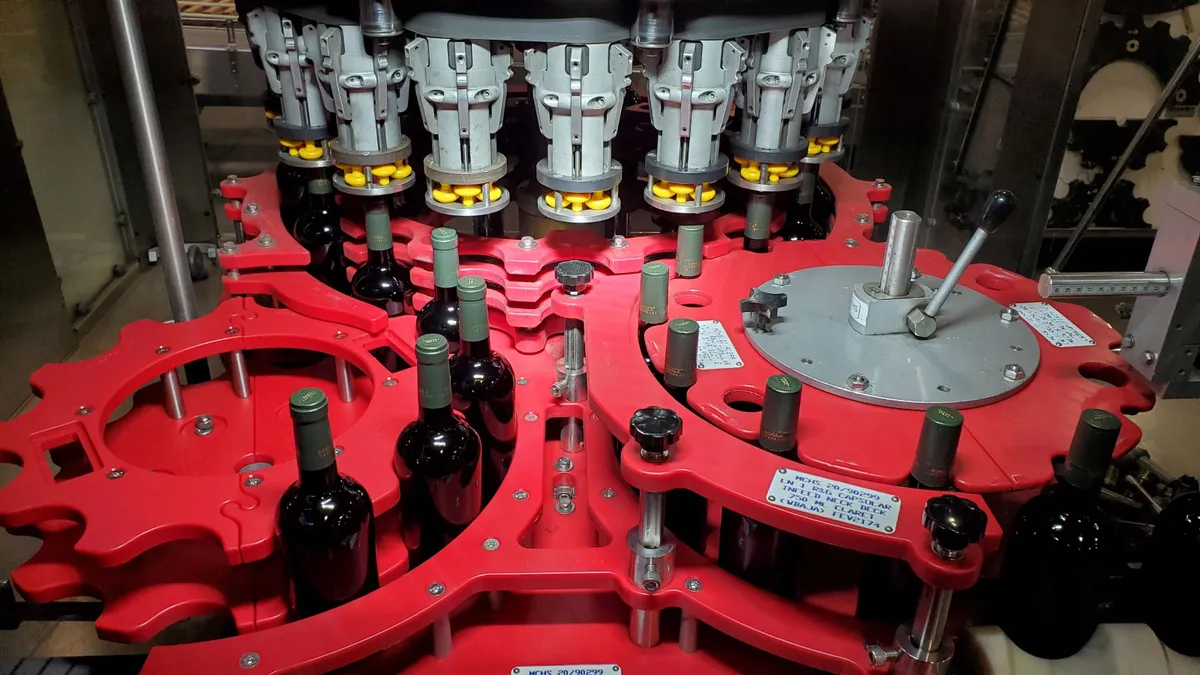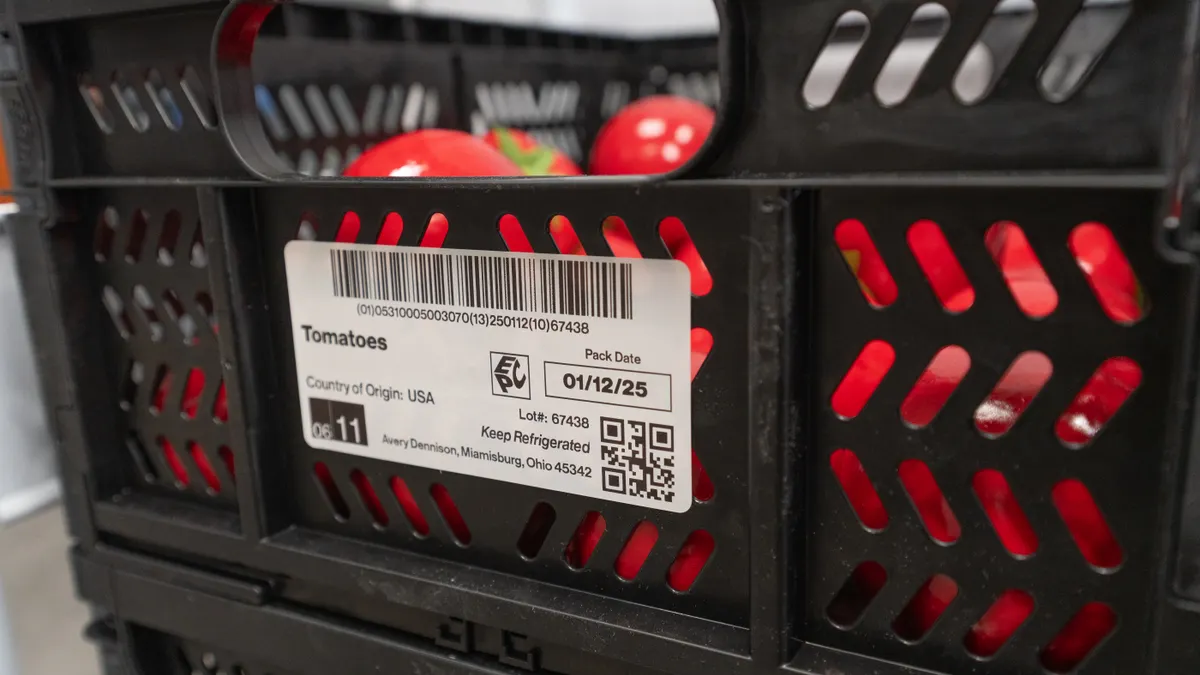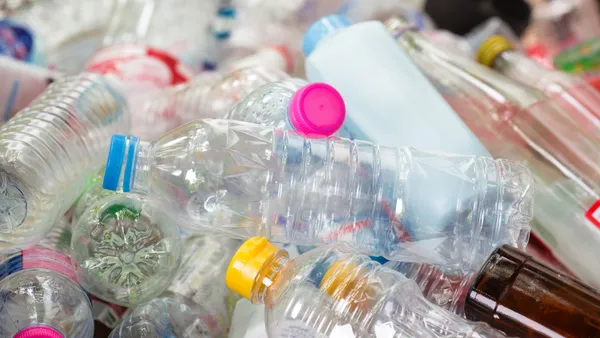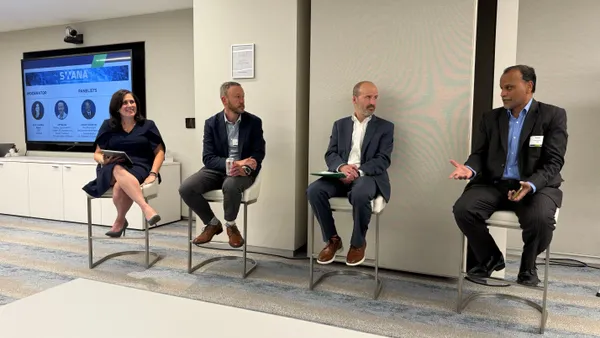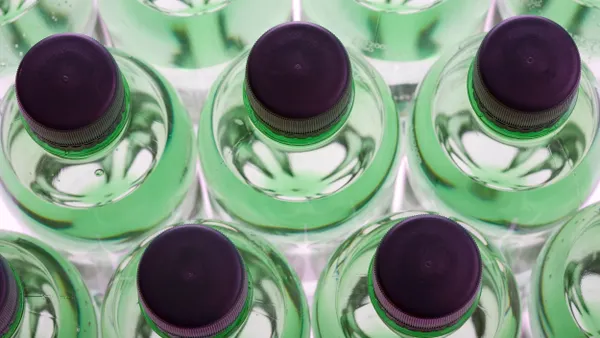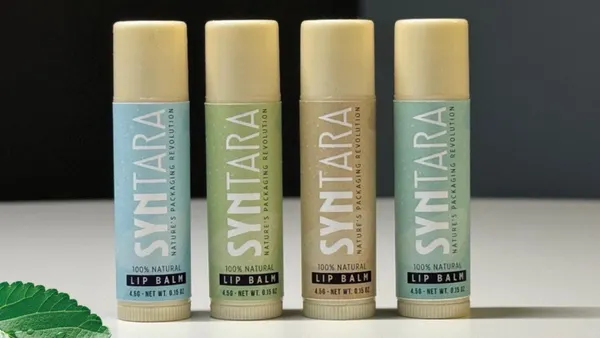The packaging industry is experiencing a significant shift towards sustainability and one of the key topics in this conversation is the lightweighting of glass and plastic containers.
As companies strive to reduce their environmental impact, glass and plastic packaging is being redesigned to use less material, leading to thinner, lighter bottles and containers. While this is a positive step for sustainability, it presents unique challenges for production lines, particularly in terms of container handling equipment.
The Push for Sustainability
Sustainability is more than a buzzword; it’s a driving force behind many innovations in packaging. In the glass and plastics industries, sustainability efforts have taken various forms:
- Robust Reusable Glass: Some companies are adopting models where glass bottles are returned, cleaned and reused. While effective in reducing waste, this approach relies heavily on consumer participation and involves significant water usage for cleaning.
- Recycling and Reuse: Another method involves crushing used glass and remanufacturing it into new bottles. This process, while effective, still presents challenges related to energy consumption and resource use.
- Lightweighting: Perhaps the most innovative approach is to produce thinner, lighter glass bottles. This method reduces material use and lowers transportation emissions due to the reduced weight of the containers.
Challenges of Lightweighting
While lightweighting offers substantial benefits, it also introduces several challenges, particularly for the production process:
For Glass
- Increased Susceptibility to Breakage: Thinner glass is more prone to breakage and microfractures. This vulnerability can lead to higher rates of damage during transit and on store shelves.
- Design Changes: To maintain rigidity and stability, lightweight bottles often require design changes. These alterations can include adding new features or modifying existing ones, which can affect the overall shape and size of the bottle.
For Plastic
- Reduced Structural Integrity: Lightweight plastic bottles can be more flexible, leading to issues with shape retention during filling, capping and transport.
- Increased Risk of Paneling: Thinner plastic containers may experience paneling (collapsing inward) under vacuum pressure or during handling, affecting product integrity and aesthetics.
All of these factors can lead to a redesign and reshaping of the glass and plastic containers, which has direct impact on the equipment on the production line.
Impact on Container Handling Equipment
The shift to lightweight glass and plastic impacts not only the bottles themselves but also the equipment used to handle these containers on production lines. Here’s how:
- Need for New Change Parts: Changes in bottle design mean that existing change parts might no longer be compatible. The dimensions and features of the new bottles may require new change parts [starwheels, guides and feed screws] to help ensure smooth handling and minimize the risk of breakage and microfractures.
- Adaptation and Flexibility: Production lines need to be adaptable to handle the new bottle designs. This flexibility is crucial to maintaining efficiency and avoiding downtime due to equipment incompatibility.
The Solution: Working with an Aftermarket Supplier for Change Parts
In the fast-paced world of manufacturing, efficiency and reliability are paramount. When it comes to keeping your production lines running smoothly, the importance of high-quality change parts—such as stars and guides—and bottle handling parts cannot be overstated.
Whether you’re dealing with fillers, cappers, labelers, corkers, rinsers, or other machinery, the parts you choose to handle your containers can make a significant difference in your operations. While OEM (Original Equipment Manufacturer) parts are often considered the default choice, aftermarket suppliers, like Morrison Container Handling Solutions, offer a range of benefits that are hard to ignore. Here’s why you should consider sourcing your change parts from an aftermarket supplier:
- Cost Savings Without Compromising Quality: Aftermarket suppliers often provide parts at a lower price than OEMs while maintaining high-grade materials and strict manufacturing standards.
- Avoiding Tariffs and Overseas Costs: Many OEM parts are manufactured overseas and with rising tariffs and international shipping costs, sourcing directly from OEMs can be significantly more expensive. Choosing a stateside aftermarket supplier helps you bypass tariffs and minimize additional costs associated with international procurement.
- Faster Lead Times: Waiting for OEM parts can take months, especially if sourced overseas. Aftermarket suppliers typically offer much quicker turnaround times, reducing costly downtime.
- Quick Replacements in a Pinch: If a part breaks due to crashes or accidents, aftermarket suppliers can often produce and ship replacements in as little as 24 hours, preventing extended production delays.
- Customization and Faster Changeovers: Aftermarket suppliers can create parts tailored to your specific needs, helping to ensure smooth operations and quicker changeovers between different container sizes.
- Support for New Container Sizes: As packaging evolves, aftermarket suppliers can help you transition to handling new bottle designs with minimal disruption to production.
- Availability of Older Parts: If you’re working with older machinery, OEMs may no longer support it. Aftermarket suppliers can manufacture replacement parts to extend the life of your equipment.
- Improved Performance, Durability and Longevity: Many aftermarket parts incorporate the latest advancements in materials and design, often outperforming their OEM counterparts in durability and efficiency.
By partnering with an aftermarket supplier like Morrison Container Handling Solutions, you can optimize your production line with high-quality, cost-effective change parts that keep operations running smoothly and efficiently while avoiding costly tariffs and long wait times associated with overseas OEM parts.

